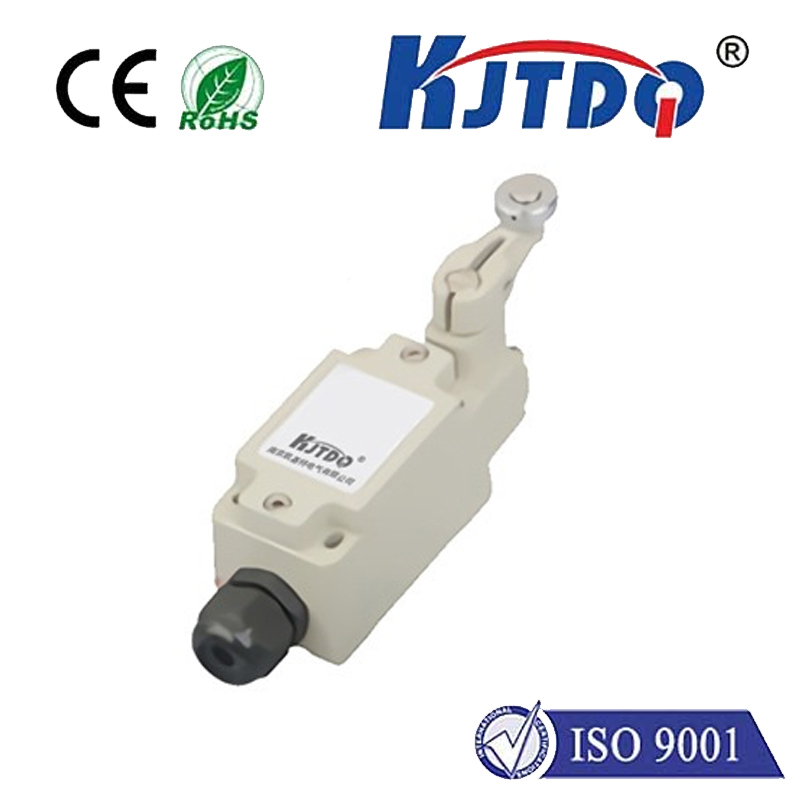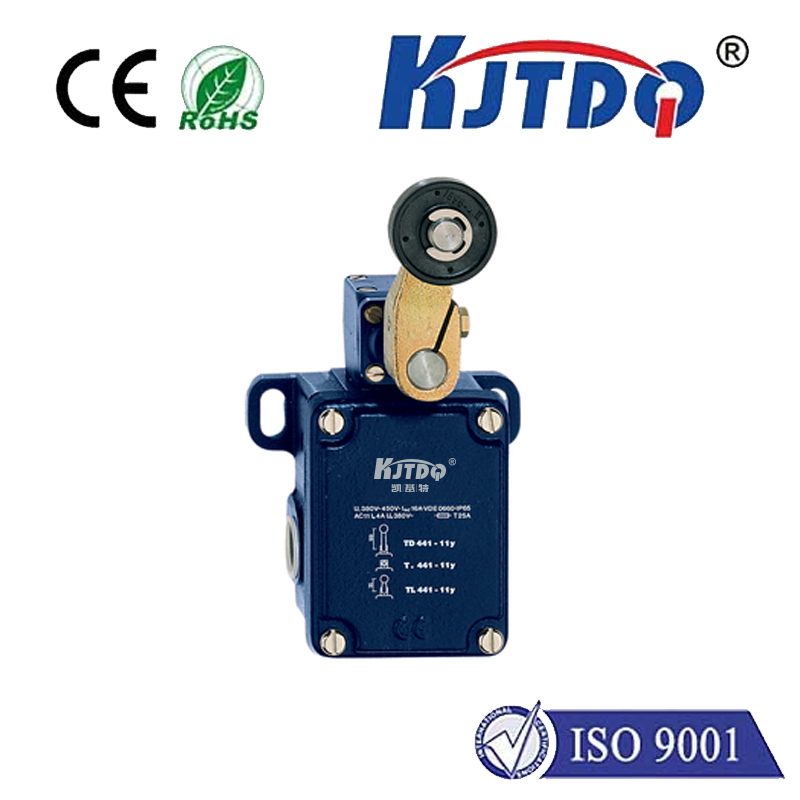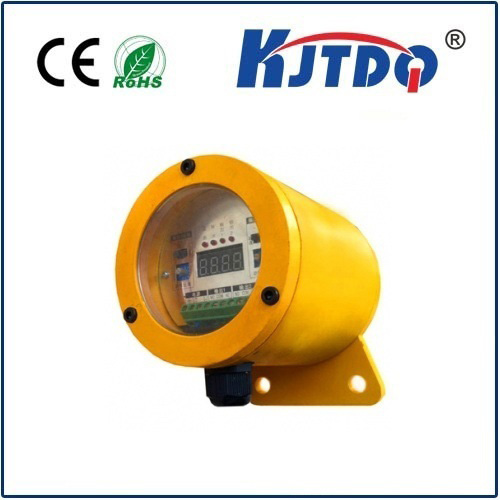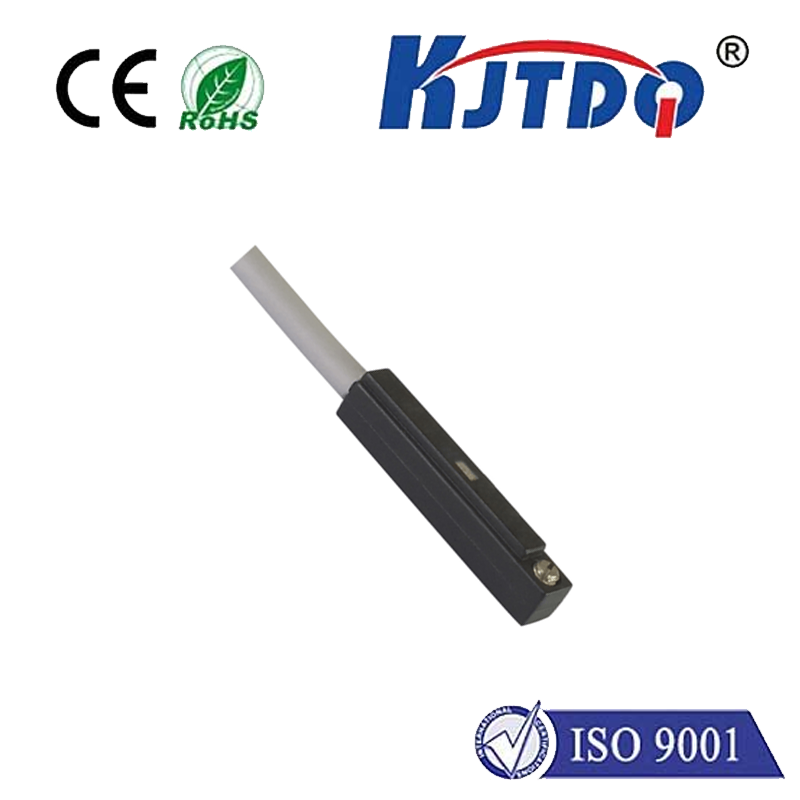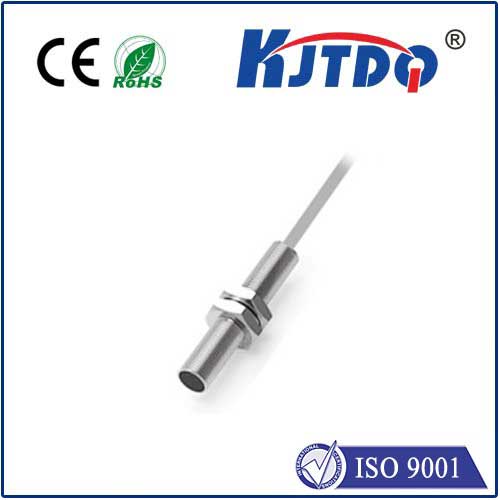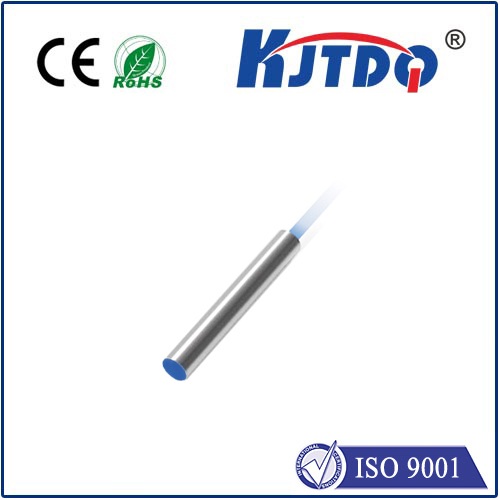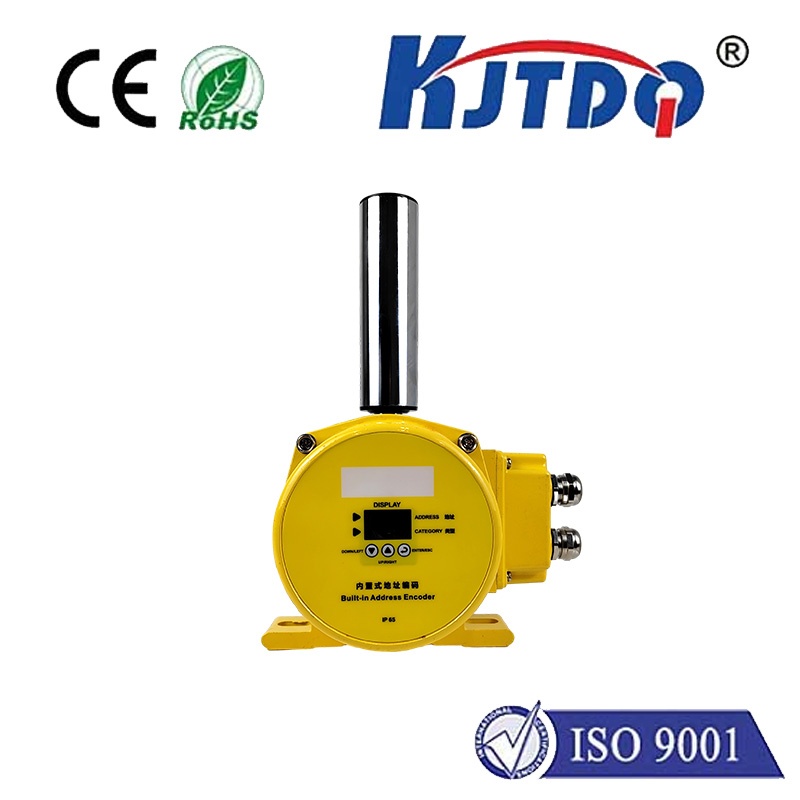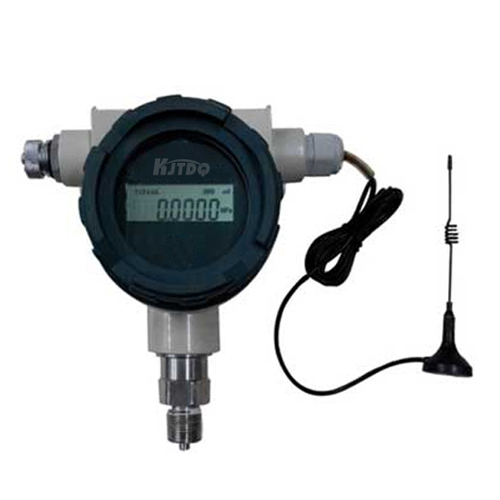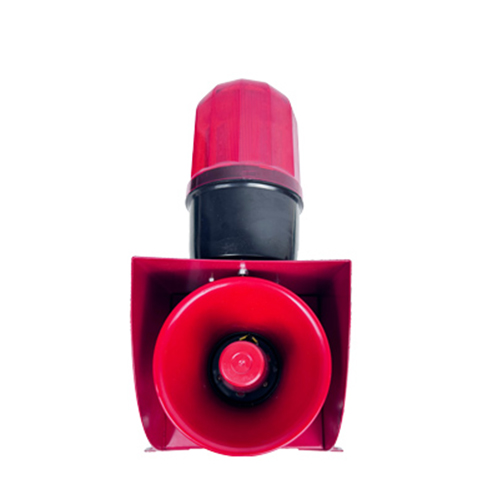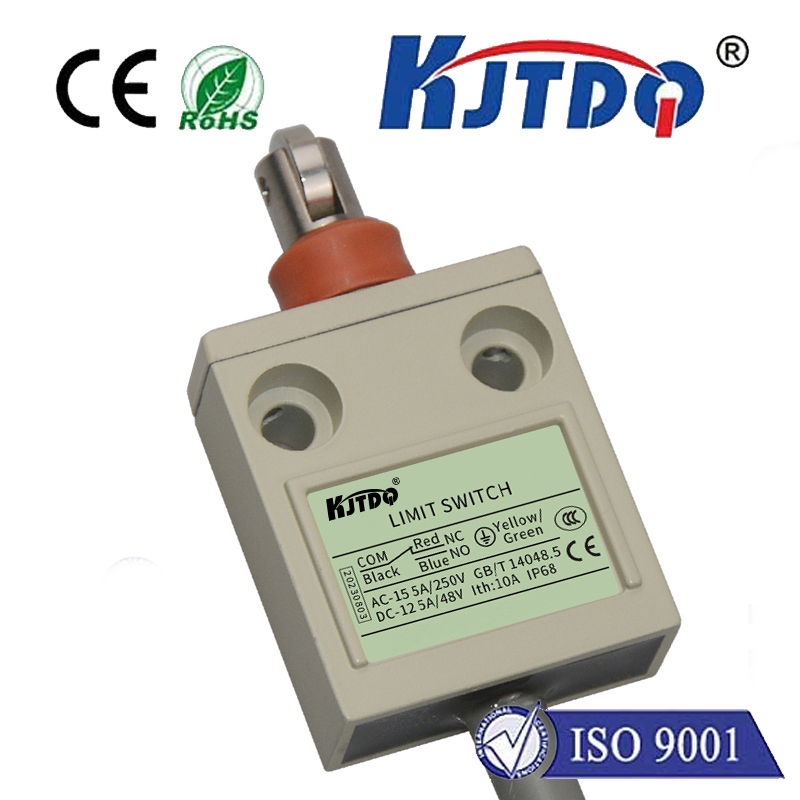Laser Distance Sensor 4-20mA: Precision Measurement for Industrial Applications In the realm of industrial automation and process control, precision and reliability are paramount. Among the many technologies that enable accurate data collection, laser distance sensors stand out for their ability to measure distances with exceptional accuracy. When combined with the 4-20mA output signal, these sensors become an indispensable tool for industries requiring robust and interference-resistant measurement solutions. This article delves into the intricacies of laser distance sensors with 4-20mA output, exploring their functionality, benefits, and applications in various industrial settings.
А.лазерный датчик дальности is a device that uses laser technology to measure the distance between itself and a target object. It operates by emitting a laser beam, which reflects off the target and returns to the sensor. By calculating the time it takes for the beam to travel, the sensor determines the distance with high precision. The 4-20mA output is a standard analog signal used in industrial systems to transmit sensor data. It is particularly valued for its immunity to electrical noise and its ability to carry information over long distances without significant signal degradation. When integrated with a лазерный датчик дальности, the 4-20mA output provides a reliable and standardized method for transmitting distance measurements to control systems or monitoring devices.
Laser distance sensors are renowned for their ability to deliver measurements with micron-level accuracy. This makes them ideal for applications where even the smallest deviations can impact performance or quality.
The combination of laser technology and the 4-20mA signal ensures that these sensors can operate effectively in harsh industrial environments. They are resistant to factors such as vibration, dust, and electromagnetic interference.
Many laser distance sensors are capable of measuring distances over several meters, making them suitable for large-scale industrial applications.
The 4-20mA output is compatible with a wide range of industrial control systems, simplifying the integration process and reducing installation time.
These sensors provide continuous, real-time distance measurements, enabling immediate adjustments to processes and enhancing overall efficiency.
In manufacturing, precise positioning and alignment of components are critical. Laser distance sensors with 4-20mA output are used to monitor and control the placement of parts, ensuring consistency and reducing waste.

These sensors play a vital role in automated storage and retrieval systems, where accurate distance measurements are required to position goods and equipment.
In industries such as chemicals, food, and beverages, maintaining the correct level of liquids or granular materials is essential. Laser distance sensors provide reliable level measurements, even in challenging conditions.
Robotic systems rely on precise distance data to perform tasks such as picking, placing, and navigating. The 4-20mA output ensures that this data is transmitted reliably to the robot’s control unit.
In construction projects, laser distance sensors are used for tasks such as measuring distances, monitoring structural displacements, and aligning components with high precision.
The 4-20mA signal is less susceptible to electrical noise compared to other analog signals, ensuring accurate data transmission even in environments with high electromagnetic interference.
Unlike voltage-based signals, the 4-20mA signal can travel over long distances without significant loss, making it ideal for large industrial setups.
The 4-20mA signal range includes a “live zero” (4mA), which allows for the detection of sensor malfunctions or wiring issues. This enhances system reliability and simplifies troubleshooting.
The 4-20mA standard is widely adopted in industrial systems, ensuring that laser distance sensors can be easily integrated into existing infrastructure.
When selecting a лазерный датчик дальности for your application, consider the following factors:
Measurement Range: Ensure the sensor can cover the required distance.
Accuracy and Resolution: Choose a sensor that meets the precision demands of your application.
Environmental Conditions: Opt for sensors that can withstand the specific challenges of your environment, such as temperature extremes or exposure to dust and moisture.
Output Signal: Verify that the 4-20mA output is compatible with your control system.
Mounting and Installation: Consider the physical size and mounting options to ensure easy integration.
The demand for laser distance sensors with 4-20mA output is expected to grow as industries increasingly adopt automation and IoT technologies. Innovations such as miniaturization, enhanced accuracy, and wireless connectivity are likely to shape the future of these sensors. Additionally, the integration of AI and machine learning could enable predictive maintenance and advanced data analysis, further enhancing their value in industrial applications. In conclusion, laser distance sensors with 4-20mA output represent a powerful combination of precision, reliability, and versatility. Whether in manufacturing, robotics, or infrastructure, these sensors are transforming the way industries measure and monitor distances, driving efficiency and innovation.
